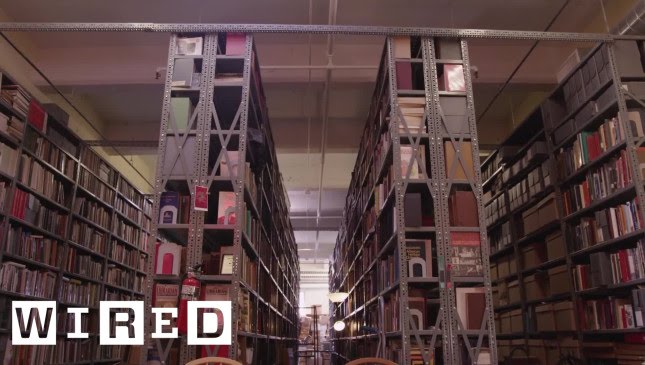The Art of Diamond Replication: Creating Timeless Gems
Summary
In this article, we delve into the world of diamond replication with John Haddelber, a professional replicator who believes that gems are more than just commodities. He shares his process of creating replicas of famous diamonds, from making molds to polishing the stones. Haddelber takes pride in replicating irregularities and entering the mind of the original cutter. He also expresses his admiration for existing gems and the art of making them his own.
Table of Contents
- The Process of Diamond Replication
- Accessing Famous Diamonds
- The Hope Diamond: A Favorite Gem
- Appreciating the Beauty of Minerals
- Making Something Your Own
The Process of Diamond Replication
John Haddelber takes great care in replicating famous diamonds, believing that they have symbolic value and relate to different aspects of people’s lives. To create a replica, he first makes a silicon mold of the diamond and then pours a micro-resin cast from it. He then uses a grease pencil to cover over a facet and have it intersect with the lap until the grease pencil smears off cleanly, and then he knows he has the facet locked in. He loves making the map and entering the other cutter’s head when he figures out the exact angles and indices that were used. He also enjoys replicating irregularities, such as when a facet has been pushed or bent. He uses a basic fastening machine with a head and a wheel, and it takes him at least 6 months to facet a replica.
Accessing Famous Diamonds
Haddelber has access to famous diamonds, but it can take years to get permission to work on them. When commissioned to make a replica, he always travels to the diamond.
The Hope Diamond: A Favorite Gem
The Hope Diamond is Haddelber’s favorite gem, and he has worked with it dozens of times. The diamond has three iterations, and Haddelber has created six stones in a six-year period for the Smithsonian. He uses molds and casts to create replicas, and he gold-plated one of the casts of the Hope Diamond.
Appreciating the Beauty of Minerals
Haddelber hopes that people appreciate the beauty of minerals like chrysocolla, which will last forever and resonate in a different way than ephemeral things.
Making Something Your Own
Haddelber expresses his admiration for something that already exists and his ability to make it his own by altering it. He sees this as a crucial aspect of his artistic aspirations.
Conclusion
John Haddelber’s passion for diamond replication is evident in his meticulous process and his appreciation for the beauty of minerals. By creating replicas of famous diamonds, he is able to make them his own while preserving their symbolic value.







